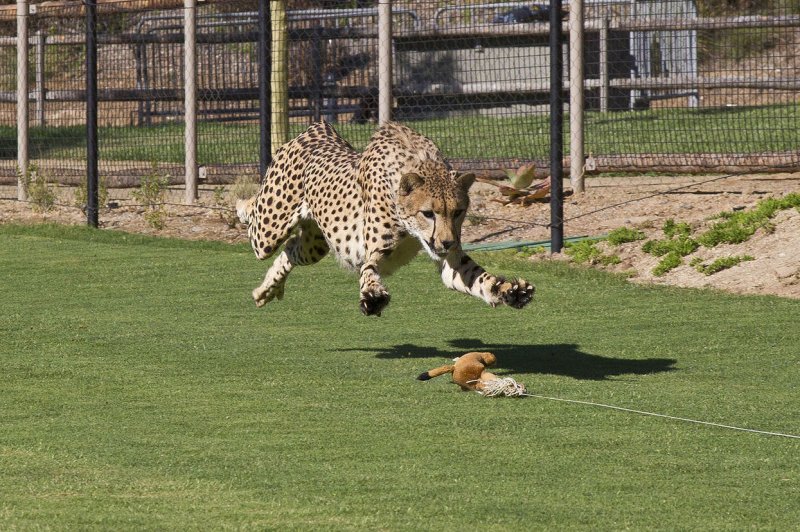CLAREMONT, Calif., April 28 (UPI) -- Who would win a race: a cheetah of Paratarsotomus macropalpis, a type of mite? The answer depends on what kind of race it is. In a distance race, the remarkable bound of a slender cheetah is unbeatable. But if the race is measured in "body lengths per second," nothing outpaces the mite.
That's right, when speed is measured relative to body size, nothing in the world is faster than Paratarsotomus macropalpis.















